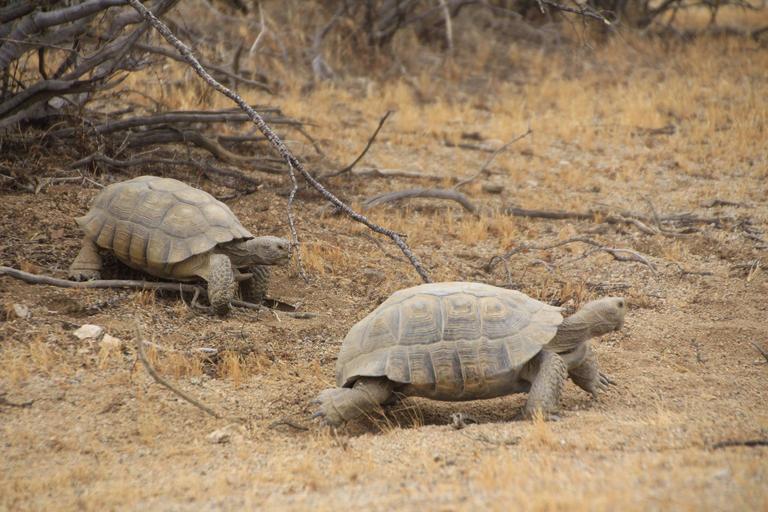MAKE A MEME
View Large Image

| View Original: | Desert_Tortoise_in_the_Mojave_Desert.jpg (2048x1365) | |||
| Download: | Original | Medium | Small | Thumb |
| Courtesy of: | www.flickr.com | More Like This | ||
| Keywords: nature wildlife desert drecp desert species desertspecies desert tortoise deserttortoise mojave desert mojavedesert tortoise outdoors habitat public lands publiclands animals animal outdoor Desert tortoises have existed for millions of years, and during that time they adapted to the many climatic and geological changes that have occurred in southern California. They can live in many types of desert habitats, but they do require friable (crumbly) soils in order to build burrows and nests. They are most common in desert areas with an abundance of creosote, and they are least common in desert areas with steep slopes. Tortoises are most active between March and June. In late summer the temperatures become too warm and they spend the majority of their time in their burrows. Desert tortoises are very sensitive to the heat, and exposure to the extreme desert temperatures can kill them in less than one hour. They hibernate during the winter months. Desert tortoises are herbivorous. They eat a variety of desert plants, although forbs and green vegetation are their preferred foods. They will drink water if it is available, but they get some of the water they need for survival from the plants they eat. Photo by Dana Wilson, BLM. Desert tortoises have existed for millions of years, and during that time they adapted to the many climatic and geological changes that have occurred in southern California. They can live in many types of desert habitats, but they do require friable (crumbly) soils in order to build burrows and nests. They are most common in desert areas with an abundance of creosote, and they are least common in desert areas with steep slopes. Tortoises are most active between March and June. In late summer the temperatures become too warm and they spend the majority of their time in their burrows. Desert tortoises are very sensitive to the heat, and exposure to the extreme desert temperatures can kill them in less than one hour. They hibernate during the winter months. Desert tortoises are herbivorous. They eat a variety of desert plants, although forbs and green vegetation are their preferred foods. They will drink water if it is available, but they get some of the water they need for survival from the plants they eat. Photo by Dana Wilson, BLM. | ||||